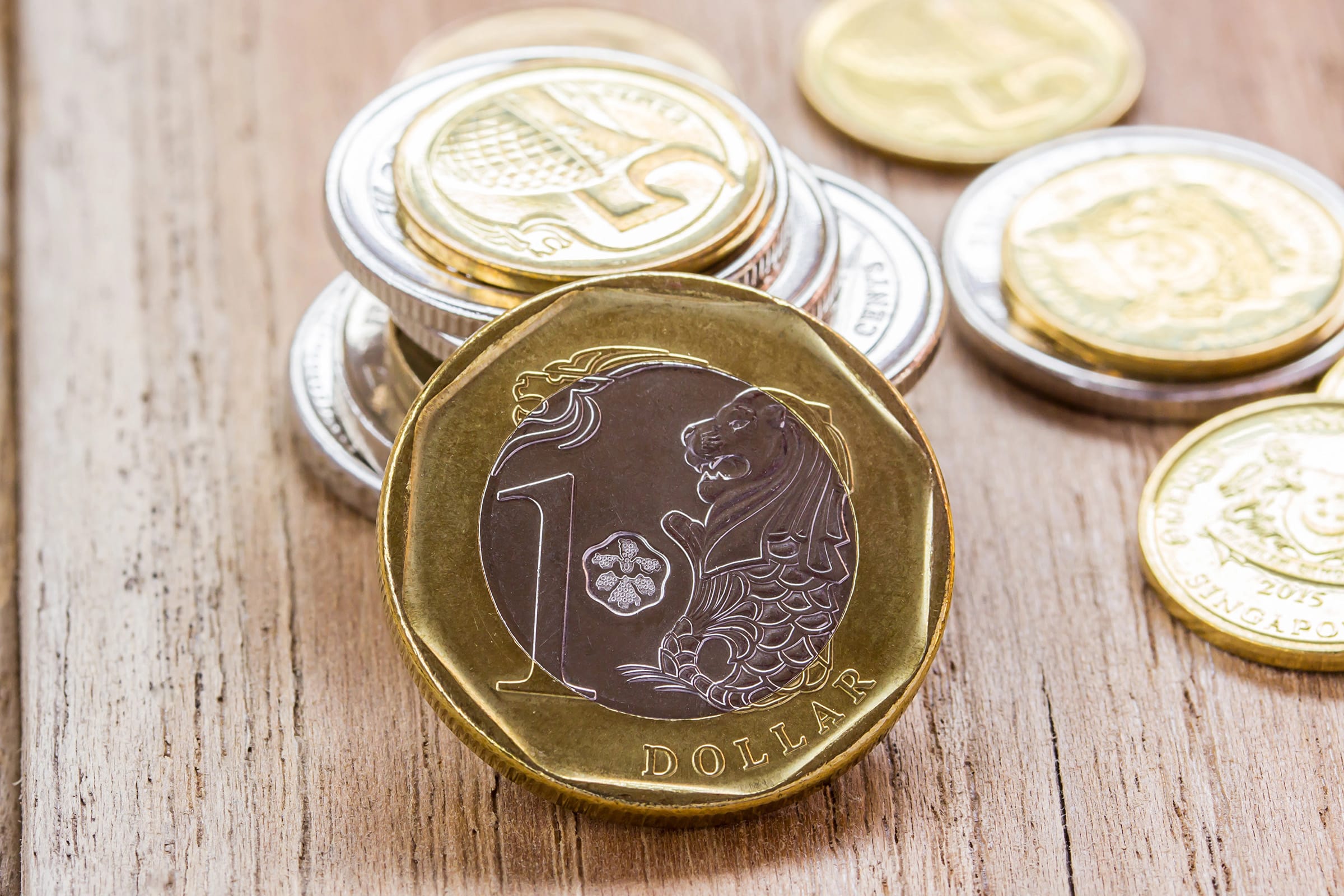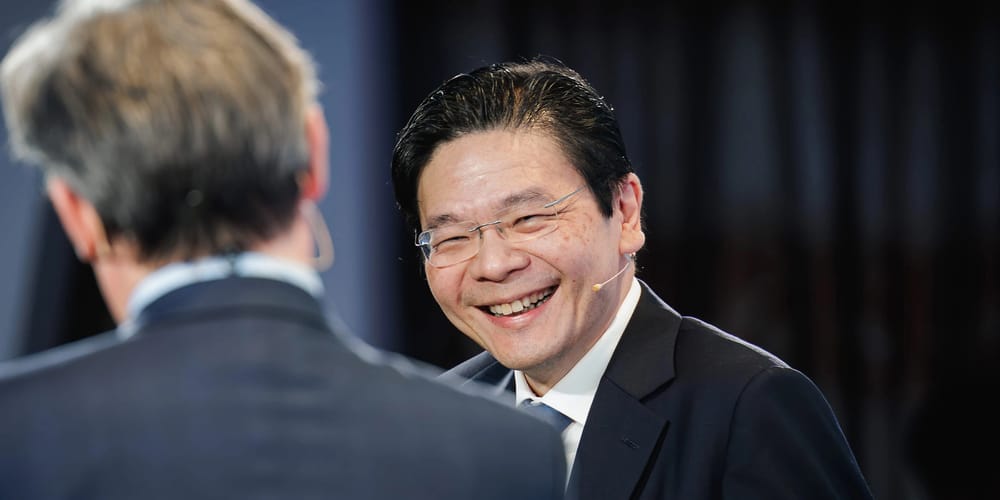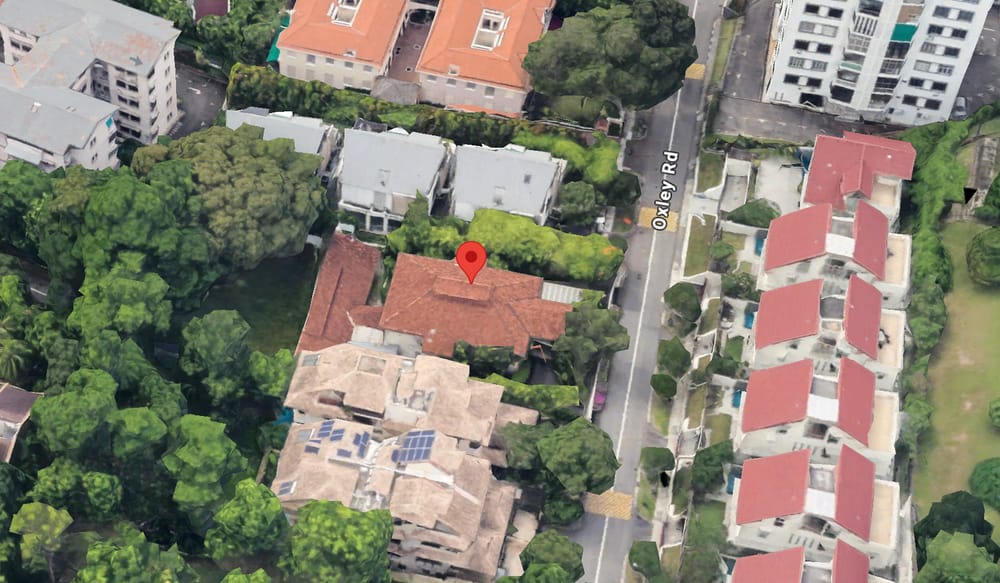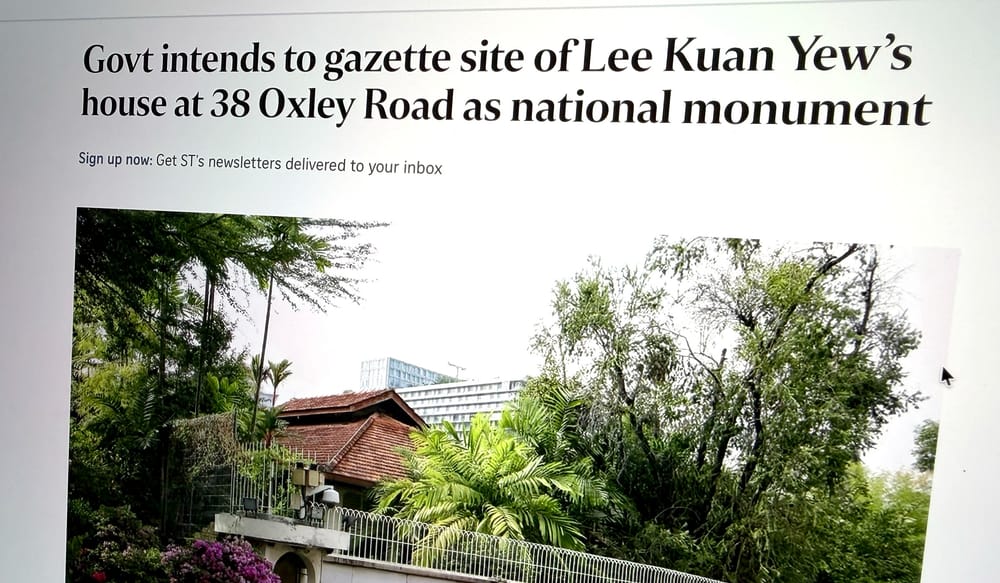Happy Birthday Singapore! Since the topic of reserves was brought up again, I thought it's a good opportunity to emphasise that, given my observation of what people in SG say and think, general understanding of what these reserves appears to be quite poor.
This is why it's more likely than not that you misunderstand what they are too - and whether their size is secret (and to what degree).
The most typical understanding of reserves is that they are like savings - money that you put away for a rainy day, and they accrue some interest from various investments they are placed into (so they don't lose their value).
This is almost entirely wrong.
While it is true that budget surpluses that Singapore government accumulates each term are then moved to Past Reserves after each 5 years, they contribute a relatively minor portion of the entire sum.
One thing all people probably know by now is that those reserves comprise of assets managed by MAS, GIC and Temasek.
However, both MAS and GIC have the same source of the money = foreign currencies (mostly USD) that investors from abroad exchange for SGD to do business in Singapore.
Typically, such foreign reserves are used by central banks to control the exchange rate of the domestic currency in response to changes that would upset the local economy (by making exports or imports too expensive, depending on which way the rate goes).
Under normal conditions some money flows in, some flows out and bank intervenes when it needs to.
However, because Singapore has been so enormously successful and gradually built up solid trust of foreign investors, it has consistently attracted them year after year, receiving far more foreign currency than it would ever need to keep SGD stable.
Having this money just lie around doing nothing would be wasteful and costly in some ways, so a decision was made to form a separate entity which would be charged with investing it for profit back where it came from - abroad.
That entity is GIC.

Essentially, then, GIC is managing excess foreign reserves that MAS doesn't need to conduct its policy.
However, by their sheer nature and origin, they still constitute a part of these reserves, which could be deployed under some extraordinary circumstances to defend the SGD.
This is one of the reasons for secrecy surrounding the funds under GIC's management. In fact, GIC hadn't even published performance figures until 2008 - more than 25 years after its inception. It had long been flying under the radar.
Of course, that necessity to keep the figures secret was far more acute in the early days than it is now, but it remains in use as a policy stance, because you can never be too careful with gigantic, wealthy superpowers rising around Singapore.
In the 80s and 90s SG faced quite different challenges – and it's hard to say what they may yet be in the future.
So, GIC and MAS do not manage any "savings" of the government but surplus of the money that foreigners brought into Singapore to buy SGD (chiefly to do business locally, trade, invest etc.).
Temasek, on the other hand, is managing mainly domestic assets and was founded as a holding that owned stakes in various government-linked companies. Over the years its role was expanded to invest funds elsewhere, including abroad, and return a healthy profit for the nation.

This is why all figures regarding Temasek's portfolio are published - including the current value of its holdings and their performance over time. No secrecy there.
So, Temasek's data is public, GIC's is not. But what about MAS? Why does it announce Official Foreign Reserves on its website?
After all, if it we're hiding how much money we have to defend SGD, why does MAS show its accounts?
Well, for the same reasons other countries do.
You see, it's all about balance. OFR are public to reinforce trust in the currency. If international investors (but also speculators) know that a local central bank has a certain amount of money that it can defend its currency with, its exchange rates will remain stable (conversely, it informs them when it might face trouble, so they can account for that when making decisions).
But if international markets are kept in the dark, it may breed distrust and invite needless speculation that may shake the country even when its situation is perfectly fine. That's why MAS is transparent about what it has on hand.
Singapore is a very unique case of a small country very dependent on international trade – far more than virtually any other nation – which is why the issue of reserves is so important.
In the USA total international trade (combined imports and exports) is equal to just about 25% of GDP, in China it's 38%, 50% in Russia, up to 70-90% range in countries like France, Germany or the UK.
But for Singapore it's 350 to over 400%, depending on the year.
Domestic economy of the city-state of just 4 million residents would be very tiny on its own. It benefits from the entire world doing business in and through it.
But to play that role it has to guarantee stability and predictability – while it is certainly stoking envy among its neighbours, who'd love to chip away some of its riches.
This is why it has to be able to prove that no speculator can touch it, without revealing the full extent of the financial ammunition it can fire in need.
Finally, as some of you may remember, I wrote before that there is a domestic aspect to not bragging about how much money Singapore has at its disposal: local populism.
Once a complete figure is known it would create an impression that some of this money could be spent – inviting duplicitous politicians to come up with ideas of bribing voters by promising handouts if they are ever put in power.

We already see attempts at that even if the exact figure isn't known – you can only imagine what would happen if it was.
And not only would it be irresponsible but due to the nature of these reserves, that I explained here, it wouldn't really be feasible.
It's not just a big pile of money you can draw from at will.
Most of these funds came from abroad and are best invested abroad since unwinding foreign reserves to spend them locally would have direct consequences to exchange rates.
You can't eat an apple and still have it.
And it would be the exact reversal of the mechanism that made Singapore acquire those precious billions of USD in the first place. Madness.









